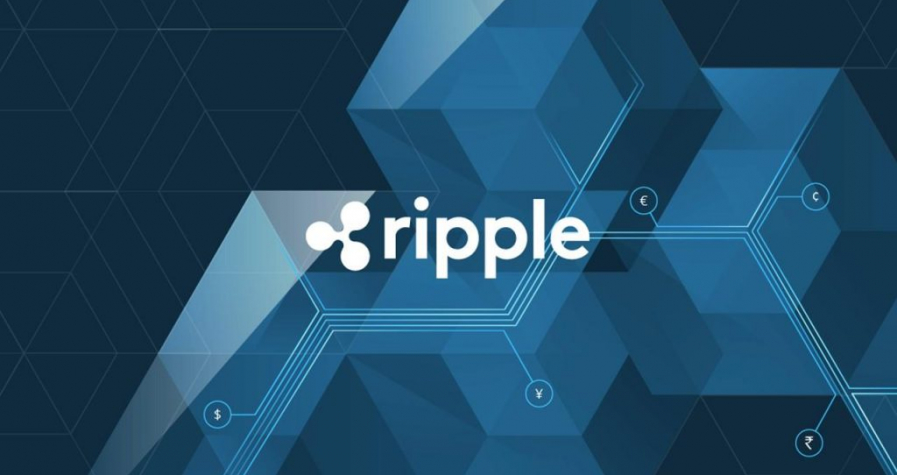Each blockchain in cryptocurrency has its own set of features. Fortunately, Matrixswap employs cross-chain bridges to connect Ethereum to the Polkadot and Cardano chains, allowing for seamless interoperability between the networks.
Matrixswap, as a fully decentralized virtual-AMM-based perpetual swaps trading protocol, understands the importance of trading when and how you want. One of the primary reasons it employs cross-chain bridges is to unlock liquidity from various blockchain networks, allowing traders to maximize capital efficiency. Let’s look at cross-chain bridges and how they work, as well as why Matrixswap uses them.
What exactly are cross-chain bridges?
Cross-chain bridges are digital pathways that allow data, money, and decentralized applications (dApps) to move seamlessly from one blockchain to another. Blockchain bridges can also be thought of as portals through which blockchains can interact.
What is the significance of cross-chain bridges in Matrixswap?
Cross-chain bridges enable the transfer of tokens, data, and even smart-contract instructions between independent platforms. This is critical for blockchains because it enables projects such as Matrixswap to deploy digital assets hosted on one blockchain to dApps hosted on another. It also implies that Matrixswap can conduct fast, low-cost transactions on other chains and even run dApps on multiple platforms.
How do cross-chain bridges function?
Despite the fact that different chains have different protocols, rules, and governance models, bridges provide an inter-communicative and compatible way for both sides to interoperate securely.
Matrixswap employs trustless bridges, which require users to place their trust in the mathematical truth built into the code rather than a single entity or authority. To enable trustless bridges, the Matrixswap bridge protocol encapsulates the following components, each with its own function:
– Ethereum Bridge Node Parachain Collator
– MoonRiver MatrixSwap
– Relayer Support
– Full Ethereum Node
Matrixswap also includes a tailored DEX aggregator (Nebuchadnezzar), which connects high-volume AMMs across DOT, ADA, and MATIC networks.
What benefits do cross-chain bridges provide to the community?
Matrixswap aims to provide free and open access to futures trading to anyone in the world. And, because Matrixswap is completely decentralized, everyone can benefit from its transparency, security, and low fees. Cross-chain bridges also enable users to trade or swap more cryptocurrencies on Matrixswap than on other AMMs or DEXs.
Users can use cross-chain bridges to: – Deploy digital assets on one blockchain to dApps on another.
– Execute quick, low-cost token transactions on non-scalable blockchains.
– Develop and deploy dApps across multiple platforms.
Conclusion
With DeFi on the rise since early 2020, the demand for cross-chain composable systems in the DeFi space is at an all-time high. Cross-chain bridges in DeFi allow users to enjoy the best of all blockchain networks without having to choose one in particular. Matrixswap includes several cross-chain bridges that connect the Ethereum network to the Polkadot and Cardano networks. Matrixswap uses trustless bridges rather than centralized ones because the project believes that DeFi should be precisely decentralized.


